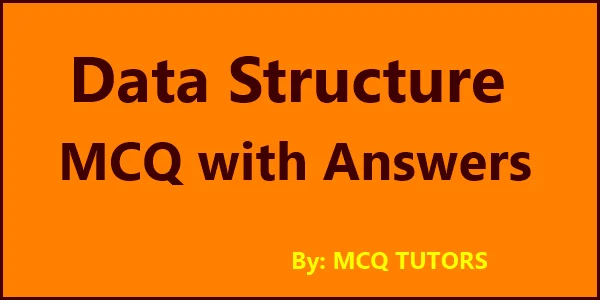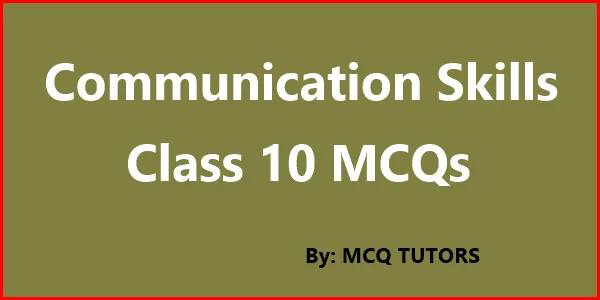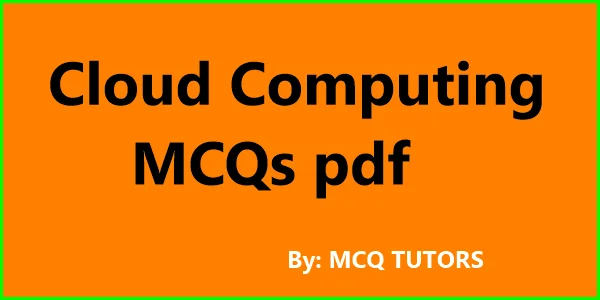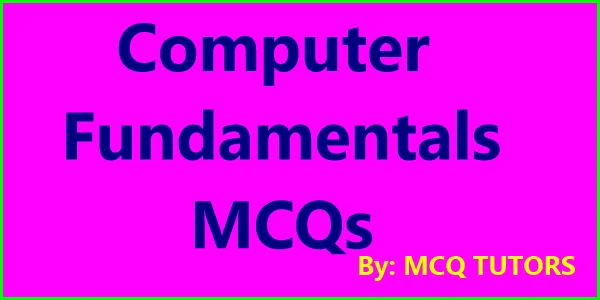Logic Design Multiple Choice Questions with Answers for all exams, like GATE, PSUs, Banks, and other competitive exams.
Logic questions can be tricky to answer. They often require knowledge of logic, the rules of grammar, and the ability to think critically. This makes it difficult for students to answer these types of questions on their own.
However, there are multiple-choice questions that can help students learn about logic. These questions are designed to test whether a student has understood the material and can apply it to a real-world situation.
Logic Design Multiple Choice Questions with Answers for all exams
Q. No 1) A computer stores its data in memory.
(a) Decimal form
(b) Octal form
(c) Hexadecimal form
(d) Binary form
Answer: (d) Binary form
Q. No 2) The least negative value that the product of two 8-bit 2’s complement numbers can take is-
a) -214
(b) -215
(c) -216
(d) None of these
Answer: (b) -215
Q. No 3) The sum of two octal numbers 12 and 17 would be in octal as-
(a) 21
(b) 23
(c) 29
(d) 31
Answer: (d) 31
Q. No 4) The octal equivalent of 110001011100 is-
(a) 6134
(b) 5264
(c) 6258
(d) 5023
Answer: (a) 6134
Q. No 5) Which of the following gates recognizes only words that have an odd number of 1s.
(a) NAND
(b) XOR
(c) NOR
(d) None of these
Answer: (b) XOR
Q. No 6) Which of the following gates recognizes only words that have an odd number of 1s.
(a) NAND
(b) XOR
(c) NOR
(d) None of these
Answer: (b)XOR
Q. No 7) Which are the universal gates?
(a) AND
(b) OR
(c) NOT
(d) All the above
Answer: (d) All the above
Q. No 8) The NOR gate output for input values 1 and 0 is-
(a) 1
(b) 0
(c) 10
(d) None of the above
Answer: (b) 0
Q. No 9) x=0, y=1, the Boolean function xy+xy’ result is-
(a) 1
(b) 0
(c) 11
(d) None of the above
Answer: (b) 0
Q. No 10) Implicants that cover as many cells of the map as possible are called?
(a) Prime implicants
(b) Major Implicants
(c) Minor implicants
(d) Priority implicants
Answer: (a) Prime implicants
Q. No 11) If x, y, z are 0, 0, 0 the minterm is ___.
(a) 1,2,5,6
(b) 1,2,5,6
(c) 2,3,4,5
(d) 2,4,5,6
Answer: (a) 1,2,5,6
Q. No 12) x, y, z are 0, 0, 0 the maxterm is ___.
(a) 1,2,3,7
(b) 0,1,3,7
(c) 0, 1,2,3,7
(d) 0, 1,3,4,7
Answer: (c) 0, 1,2,3,7
Q. No 13) BCD stands for-
(a) Boolean code definition
(b) Binary coded division
(c) Binary coded decimal
(d) None of the above
Answer: (c) Binary coded decimal
Q. No 14) A half Adder contains.
(a) 3 inputs
(b) 2 inputs
(c) 1 input
(d) None of the above
Answer: (b) 2 inputs
Q. No 15) A combinational circuit that converts binary information from n coded inputs to a maximum of 2n unique outputs called as-
(a) Encoder
(b) Decoder
(c) Multiplexer
(d) Demultiplexer
Answer: (b) Decoder
Q. No 16) The basic gates are-
(a) AND, OR, NAND
(b) AND, OR, NOT
(c) NAND, NOR
(d) AND, NOR, NAND
Answer: (b) AND, OR, NOT
Q. No 17) The ‘T’ in the flip flop stands for ___.
(a) Time
(b) Transfer
(c) Toggle
(d) Trigger
Answer: (c) Toggle
Q. No 18) Using Binary division, divide 1011011 by 111?
(a) 1.101
(b) 1011
(c) 1011.011
(d) 1101.01
Answer: (b) 1011
Q. No 19) The bit pattern 1101 Excess number converted value is ___.
(a) 13
(b) 12
(c) 14
(d) 11
Answer: (a) 13
Q. No 20) ___ are fast registers for holding the intermediate results.
(a) Latches
(b) J.K
(c) RS
(d) Master slave
Answer: (a) Latches
Q. No 21) Shift registers can be used as-
(a) Pulse extenders
(b) Delay register
(c) Both of the above
(d) None of the above
Answer: (c) Both of the above
Q. No 22) Computer has gone through two major stages of development ___ & ___.
(a) Mechanical & Electrical
(b) Pipelining & Distributed
(c) Electrical & Concurrency
(d) Pipelining & Mechanical
Answer: (a) Mechanical & Electrical
Q. No 23) Which of the following shift operations divide a signed binary number of 2?
(a) Logical left shift
(b) Logical right shift
(c) Arithmetic left shift
(d) Arithmetic right shift
Answer: (d) Arithmetic right shift
Q. No 24) PIPO stands for-
(a) Pass in pass out
(b) parallel in parallel out
(c) Present in present out
(d) Past in past out
Answer: (b) parallel in parallel out
Q. No 25) Johnson counters also known as-
(a) Clicking ring
(b) Walking ring
(c) Speaking ring
(d) Flying ring
Answer: (b) Walking ring




